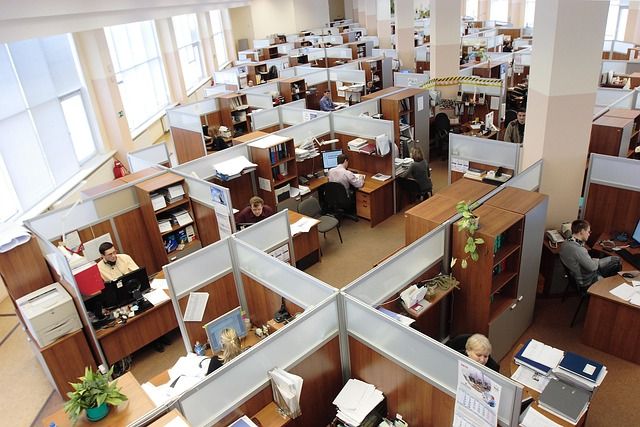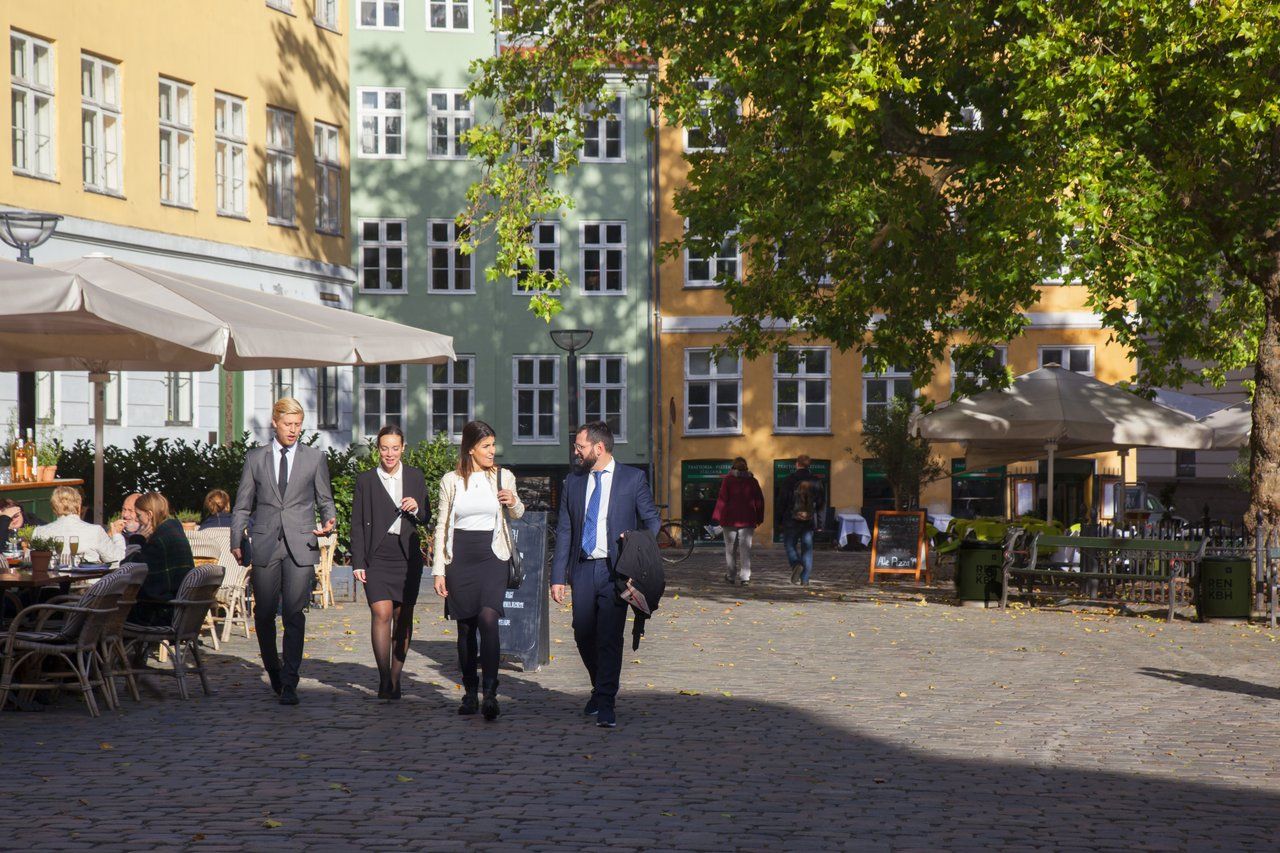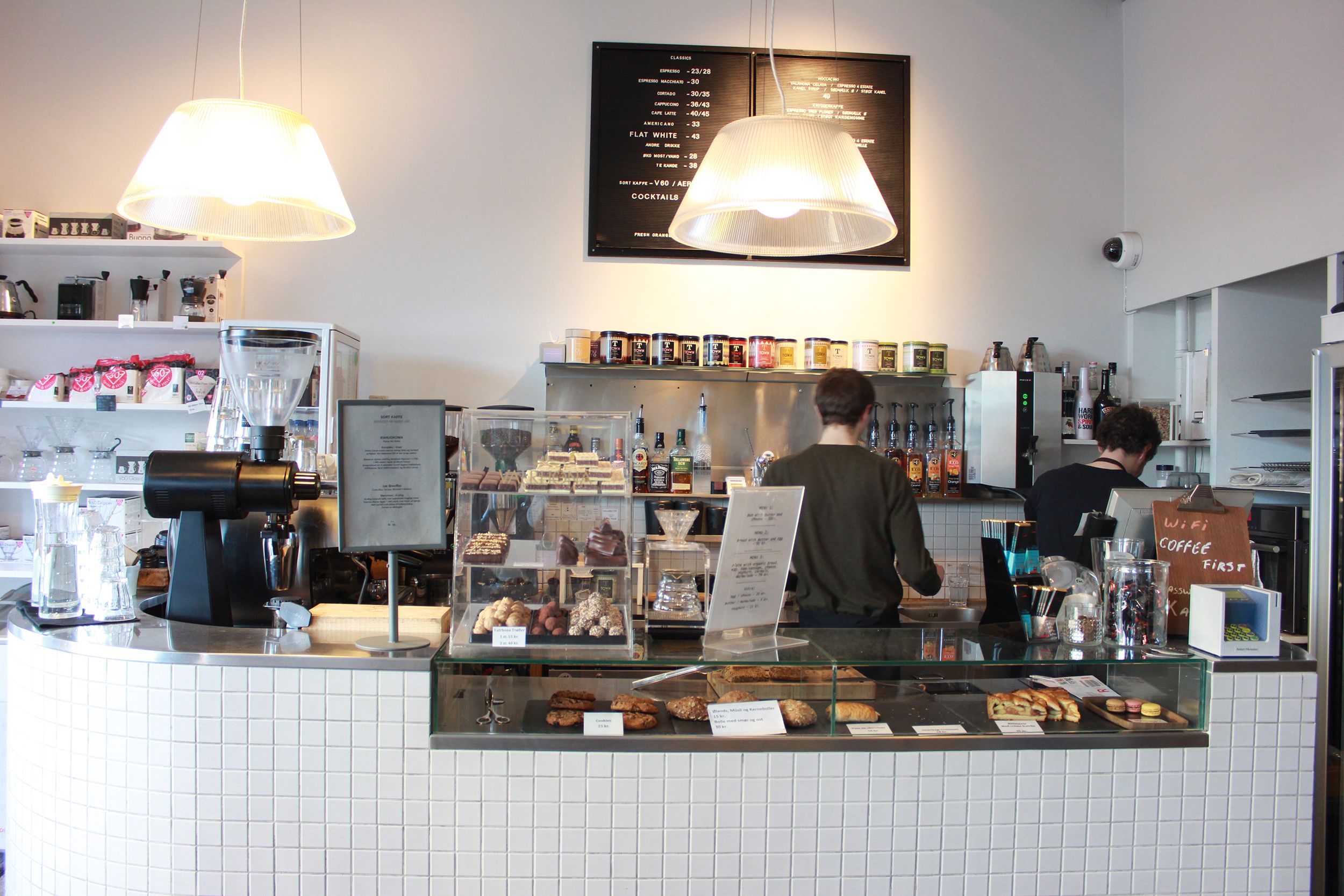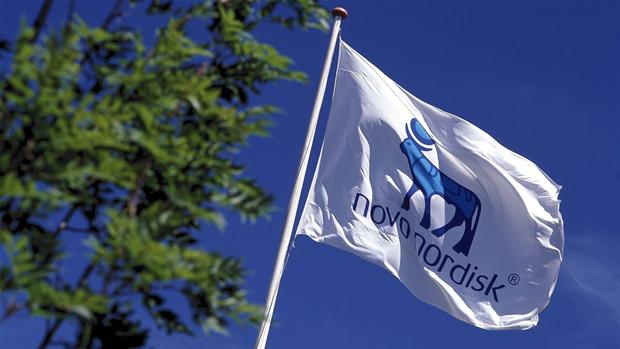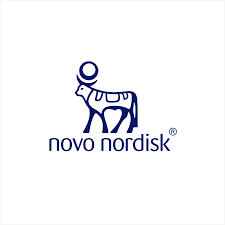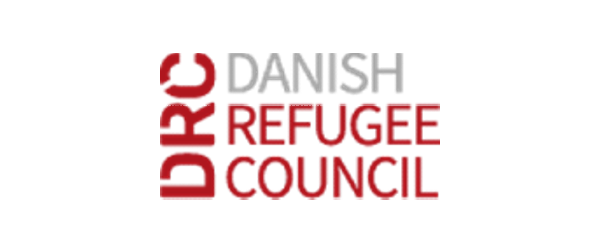1964 was quite a year in Denmark: the Little Mermaid had her head sawed off, the Beatles performed their first and only concert in Denmark at KB Hallen, and Princess Anne-Marie married King Konstantin of Greece.
But something else happened out in the western suburbs of Copenhagen (Vestegnen) on a cold morning on December 3, and although it didn't seem to matter much at the time, Denmark's future football flagship had been born. Brøndby IF was founded.
Fifty years later, in the wake of decades of glory and a little bit of pain, one of Denmark's biggest football clubs celebrated its 50-year birthday this week with former players, club officials and fans coming together to celebrate the achievements of the 'Boys from Vestegnen'.
READ MORE: How Europe's dark horse became the Superliga's white elephant
From humble beginnings
One of them who took part in the celebrations was Ejvind Sandal, the chairman of the board at the club from 2005-2009 and an avid supporter for the past five decades. He contends that the club is and has always been about more than football.
"The club really helped put Brøndby on the map. Everyone who came to Brøndby arrived from Copenhagen and they had to create a new society and the football club did just that,” Sandal told the Copenhagen Post.
"It was not just about football, it was the social glue that brought and bound all the people together. It was among the building stones of society.”
Humble beginnings
It all began in 1964 when two rival sports associations Brøndbyøster IF and Brøndbyvester IF in Brøndby Municipality merged to form Brøndby IF. The club started out in the very modest 6th tier division Serie 1 in its first season.
But, less than 20 years later in 1982, they won promotion to Denmark's top division and the rest is history. Later that year, a player from the club represented Denmark for the first time. His name? Michael Laudrup.
READ MORE: Final whistle blows on a football icon
The golden age
Over a ten-year period in the 1980s and 90s, Brøndby enjoyed unprecedented success for a Danish club in European football. In 1987, they narrowly lost 1-2 on aggregate in the last eight to eventual European Cup winners FC Porto, and in the 1997 UEFA Cup, they lost at the same stage by the same score-line to Spanish outfit Tenerife.
Among the notable sides to fall at the hands of the 'Yellow and Blues' over the years are Bayern Munich, Schalke 04, Liverpool (at Anfield no less), Eintracht Frankfurt, Bayern Leverkusen and Torpedo Moscow
But, their biggest accomplishment – the greatest of any Danish team at club level – came in 1991 when the boys from Vestegnen came within two minutes of reaching the UEFA Cup Final before German curly-haired legend Rudi Völler scored for Roma and broke Brøndby’s hearts.
Still, the achievement showed just how far they had come in a short period of time.
”Fifty years ago they were just two village football teams that hated each other and had to remove cows from the field before they started playing.” Sandal said.
”Then they became Scandinavia's first full-time professional club in 1986 and the club became just the second club in the world to be listed on the stock exchange in 1987.”
During the club's golden age from 1985 to 2005, Brøndby won ten league championships and five cup finals fostering starlets like the Laudrup brothers, Peter Schmiechel, John 'Faxe' Jensen, Ebbe Sand and Daniel Agger, who only just returned home from Liverpool this summer.
READ MORE: Brøndby bring home Daniel Agger
Lucky to be here
However, Brøndby are fortunate to be celebrating 50 years. Since their glory days, they have endured a decade of financial suffering and sporting failures. 2013 could well have been their last after the club revealed during the 2012/2013 season that it was teetering on the brink of insolvency, and the club narrowly avoided relegation on the final day of the season.
But while the club only barely survived after a group of investors swooped in to save the day, it's tough to keep the Boys from Vestegnen down for long and they are making their way back the only way they know how: by producing more talent and sticking together.
”Considering the troubles they have been struggling with the past years, it's been a blessing to celebrate what was really a fantastic story,” Sandal said.







